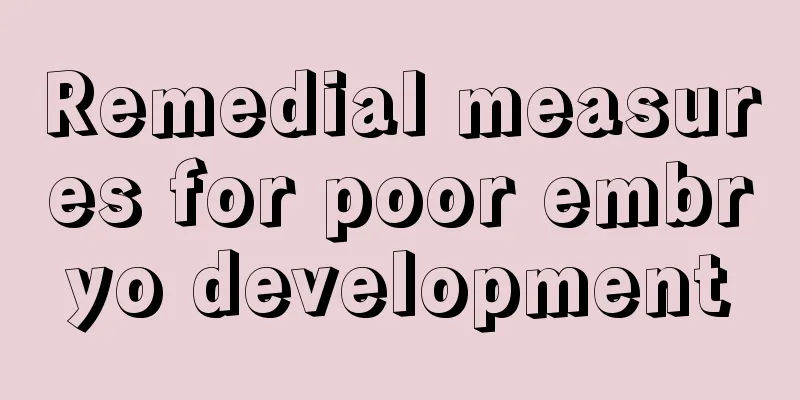How to check blood type

|
Each of us has our own unique blood type and different physique, and the way to check your blood type is very simple. You can use blood type test strips to test your blood type, or you can check it through medical methods. In general, some parents' blood types are not completely matched with their children's blood types. This has a lot to do with physique and chromosomes, and using test strips to detect blood type is a more convenient way. How to check blood type? 1. Blood type test paper Go to a regular pharmacy to buy blood type test strips for blood type testing. The latest blood type test paper can show A, B, AB, and O blood types. There are four "windows" in the blood type test paper, which contain different antibodies that can react with red blood cells. For example, when a drop of blood is dropped onto the test paper, it reacts specifically with the antibody A in "Window A", causing coagulation and the letter "A" to appear, which is type A blood; type AB blood will show coagulation in both "Window A" and "Window B". Type O blood has no antigens and therefore does not react with any antibodies. The "X" shape contains antibodies A and B. If the blood is type A, B or AB, the "X" will turn red and cover the letter "O" printed with waterproof red ink. If the blood is type O, even if it is rinsed with saline, the "X" will turn white and the "O" will remain red. Although blood typing using blood type test strips is convenient and quick, it requires pricking your finger to draw blood, which is a difficult process. Therefore, this method of blood typing is more suitable for emergency situations and humanitarian rescue. For friends who want to know their blood type, it is recommended that you go to the hospital for a blood test. 2. Blood test at the hospital Commonly used blood typing methods include hemagglutination test and gel microcolumn method. Blood typing during pregnancy is a necessary prenatal check-up item, which is a "hemolysis test" that mainly checks ABO hemolysis and Rh hemolysis. If the expectant mother's blood type is Rh-, her husband's blood type is Rh+, and the baby's blood type is Rh+, if it is the first child, there is generally no impact. However, if the second Rh+ baby is pregnant, Rh hemolytic disease may occur. If the expectant mother's blood type is O and her spouse's blood type is A/B or AB, the fetus may be A, B or AB. The expectant mother with O blood type has no anti-A antigen or anti-B antigen in her body. After being exposed to anti-A antigen or anti-B antigen, anti-A antibodies or anti-B antibodies will be produced in her body, which will react with the anti-A antigen or anti-B antigen in the fetus, making "ABO hemolysis" likely to occur. |
<<: Is the anti-rust coating on iron pans toxic?
>>: Is it okay to take a cold shower?
Recommend
What is the reason for acne on the lips and ears
Acne is something that usually appears on our fac...
Can okra be eaten overnight?
In fact, whether it is okra or other vegetables, ...
Can poisonous snake meat be eaten?
I believe that everyone has often seen cases of d...
Folk remedies for itchy eyes
Many people often feel itchy eyes for no apparent...
How to treat cervical pain in middle school students
Nowadays, cervical spondylosis is affecting young...
What are the key points of dietary care for lung cancer?
What are the key points of dietary care for lung ...
Can pregnant women eat fermented rice wine eggs?
The nutritional value of fermented rice wine eggs...
How long can a person with prostate cancer live? What are the treatments for prostate cancer?
The incidence of prostate cancer in my country is...
How to treat hydrocephalus
Hydrocephalus is also quite serious. In clinical ...
How to make hair thicker
There are many common problems in life, and we ca...
How much does it cost to treat lung cancer
How much does it cost to treat lung cancer at lea...
What tests are needed to detect nasopharyngeal cancer
Early diagnosis of nasopharyngeal carcinoma is ex...
Rehabilitation nursing methods for gallbladder cancer
Everyone is afraid of tumors, thinking that if a ...
What does it mean when big triple positive turns into small triple positive
In life, many people cannot distinguish between b...
Disadvantages of amino acid facial cleanser
Amino acid facial cleansers have become quite pop...









